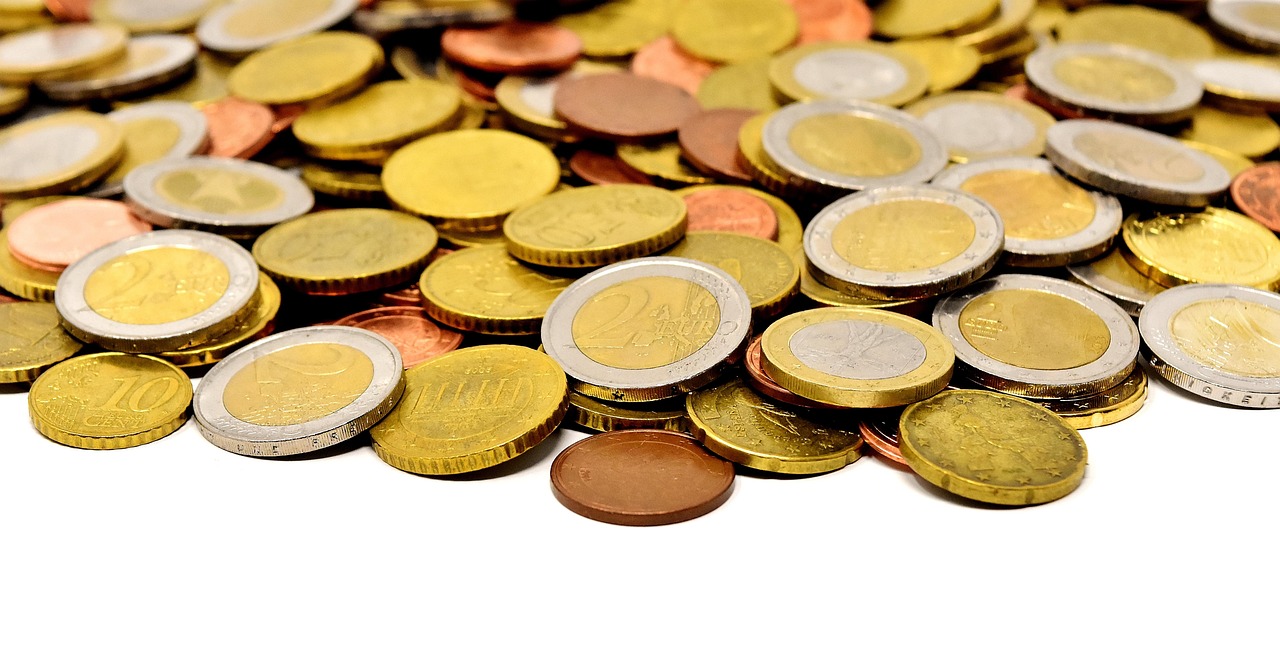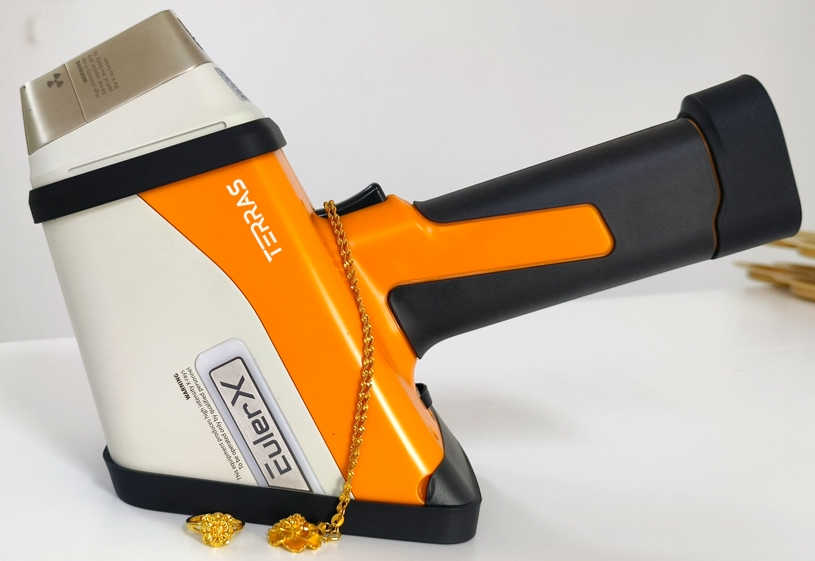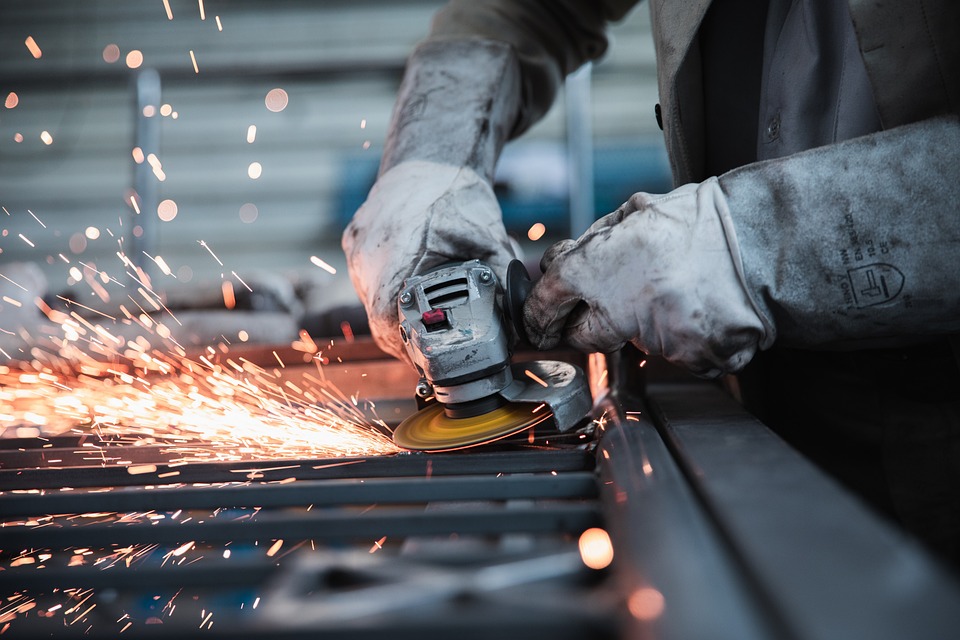
Gold and Jewelry
A high-tech enterprise focusing on the development and application of X-ray technology products, committed to becoming a leading supplier of X-ray industrial testing solutions.
How to Choose the Right Gold Testing Machine for Your Business
Introduction
In the jewelry and precious metals industry, verifying gold purity is essential for maintaining trust, ensuring fair transactions, and preventing fraud. Whether you're a jeweler, pawnbroker, refiner, or gold dealer, investing in the right gold testing machine can save you from costly mistakes and legal troubles.
But with various testing methods available—from traditional acid tests to advanced electronic analyzers—how do you choose the best one for your business?
In this guide, we’ll break down the key factors to consider when selecting a gold testing machine, compare different types, and help you make an informed decision.

Why Your Business Needs a Reliable Gold Tester
Before diving into the different machines, let’s understand why gold testing is crucial:
✔ Prevents Fraud – Fake gold-plated items and counterfeit bars can deceive even experienced dealers.
✔ Ensures Accurate Pricing – Gold value depends on purity (karat/fineness); incorrect assessments lead to profit loss.
✔ Builds Customer Trust – Buyers and sellers rely on your expertise—verification enhances credibility.
✔ Compliance with Regulations – Many regions require businesses to accurately disclose gold purity.
Key Factors to Consider When Choosing a Gold Tester
1. Accuracy & Reliability
For high-stakes transactions (e.g., bullion dealers), XRF or electronic testers are best.
For small jewelry shops, acid tests or electronic testers may suffice.
2. Testing Speed & Volume
Need quick results for customer transactions? Electronic testers are ideal.
Testing large batches daily? XRF analyzers save time.
3. Budget
Low budget? Acid testing is affordable but less precise.
Higher investment? XRF or advanced electronic testers offer long-term value.
4. Non-Destructive vs. Destructive Testing
If you test finished jewelry, avoid acid tests (they leave marks).
For scrap gold or bars, destructive tests may be acceptable.
5. Ease of Use
Acid tests require training and experience.
Electronic and XRF testers are user-friendly but may need calibration.
6. Portability
Mobile buyers or small shops benefit from handheld electronic testers.
Labs and large dealers can use stationary XRF machines.

Terras EulerX990 Handheld Precious Metal Analyzer
The Terra990 Handheld Precious Metal Analyzer is a high-performance device designed for fast, accurate, and non-destructive purity testing of gold, silver, platinum, and other precious metals in jewelry, bullion, and industrial materials. Featuring a ceramic microfocus X-ray tube and a high-resolution semiconductor detector, it delivers reliable results in seconds, making it ideal for precious metals recycling, jewelry verification, pawnshop assessments, and quality inspection agencies. Additionally, it plays a crucial role in industrial applications, such as monitoring gold concentration in activated carbon for refining and analyzing platinum (Pt), rhodium (Rh), palladium (Pd), and other metals in automotive catalysts and chemical industry recycling processes. Its speed, precision, and portability make it an essential tool for dealers, refiners, and inspectors.
Conclusion
Choosing the right gold testing machine depends on your business needs, budget, and testing volume. While acid kits are great for startups, electronic testers offer a balance of speed and accuracy, and XRF analyzers provide the highest precision for large-scale operations.
Investing in the right tool ensures fair deals, fraud prevention, and long-term customer trust. Evaluate your options carefully, and you’ll make a decision that protects both your business and your clients.
Join Us
Subscribe to our email list for updates & promotions.



